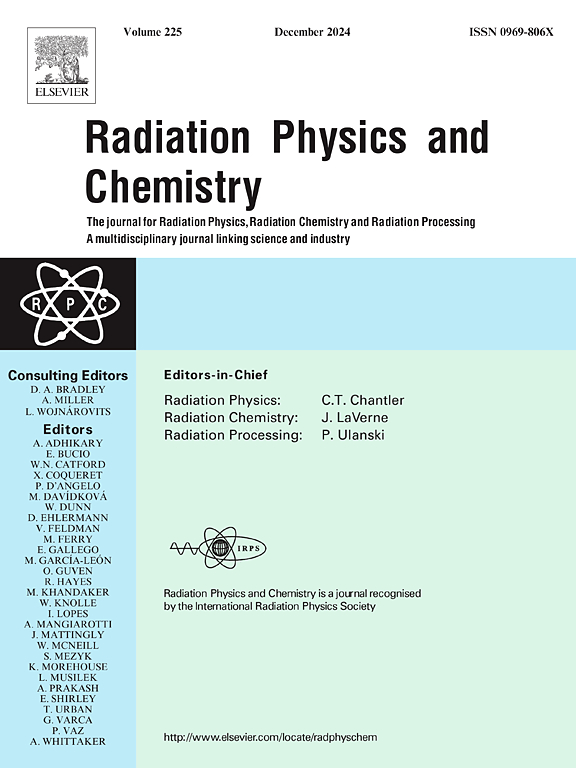NORM monitoring of oil and gas operations
IF 2.8
3区 物理与天体物理
Q3 CHEMISTRY, PHYSICAL
引用次数: 0
Abstract
Naturally Occurring Radioactive Materials (NORM) can be found in upstream oil and gas facilities, including risers, tubulars, valves, separators, other top-side facilities, and storage vessels. Data from Malaysia are offered herein, arising from a comprehensive study of several years duration carried out during the 1990s, obtained across multiple exploration and production operators in off- and onshore oil and gas environments. The survey allowed the establishment of an early set of reference levels for the observation of NORM presence in the oil and gas industry, with measurements made under routine conditions as well as during specific activities (maintenance and workovers in particular). The quantity and quality of NORM level data have provided a baseline that has since aided in identification of affected facilities, waste streams, and appropriate management. Assessments have been carried out using a combination of field equipment and laboratory-based facilities. Of relatively low occurrence, nevertheless indicative of potentially large volumes, NORM at more pronounced levels are observed, examples including external and internal (specific monitoring internal inspections of facilities) exposure rates of up to 21.2 μSv/h and 145.0 μSv/h respectively. These can be compared against a mean external exposure rate of some 0.13 μSv/h offshore, 0.10–0.25 μSv/h onshore and a national regulatory limit of 0.5 μSv/h (derived from 1 mSv/year, assuming 2000 working hours/year). In one extreme case, sludge and sand from vessel cleaning activities recorded NORM total activity concentration of 209.9 Bq/g, compared against a national total activity regulatory limit of 3 Bq/g at the time of the survey. In routine operations, the initial survey showed alpha and beta emitter surface contamination and elevations of radon gas and airborne particulates of low occurrence, NORM being confined strongly within facilities. Conversely, specific monitoring levels exceeding regulatory limits have since been more readily observed. Regular monitoring has continued to present time, the datum line levels providing data critical in enhancing safety measures, validating compliance with regulatory limits, and supporting sustainable operations in offshore oil and gas environments. Industry procedures aimed at the management of NORM-contaminated facilities and waste are helping to mitigate risks from radiation exposure and environmental impact.
求助全文
约1分钟内获得全文
求助全文
来源期刊

Radiation Physics and Chemistry
化学-核科学技术
CiteScore
5.60
自引率
17.20%
发文量
574
审稿时长
12 weeks
期刊介绍:
Radiation Physics and Chemistry is a multidisciplinary journal that provides a medium for publication of substantial and original papers, reviews, and short communications which focus on research and developments involving ionizing radiation in radiation physics, radiation chemistry and radiation processing.
The journal aims to publish papers with significance to an international audience, containing substantial novelty and scientific impact. The Editors reserve the rights to reject, with or without external review, papers that do not meet these criteria. This could include papers that are very similar to previous publications, only with changed target substrates, employed materials, analyzed sites and experimental methods, report results without presenting new insights and/or hypothesis testing, or do not focus on the radiation effects.
 求助内容:
求助内容: 应助结果提醒方式:
应助结果提醒方式:


